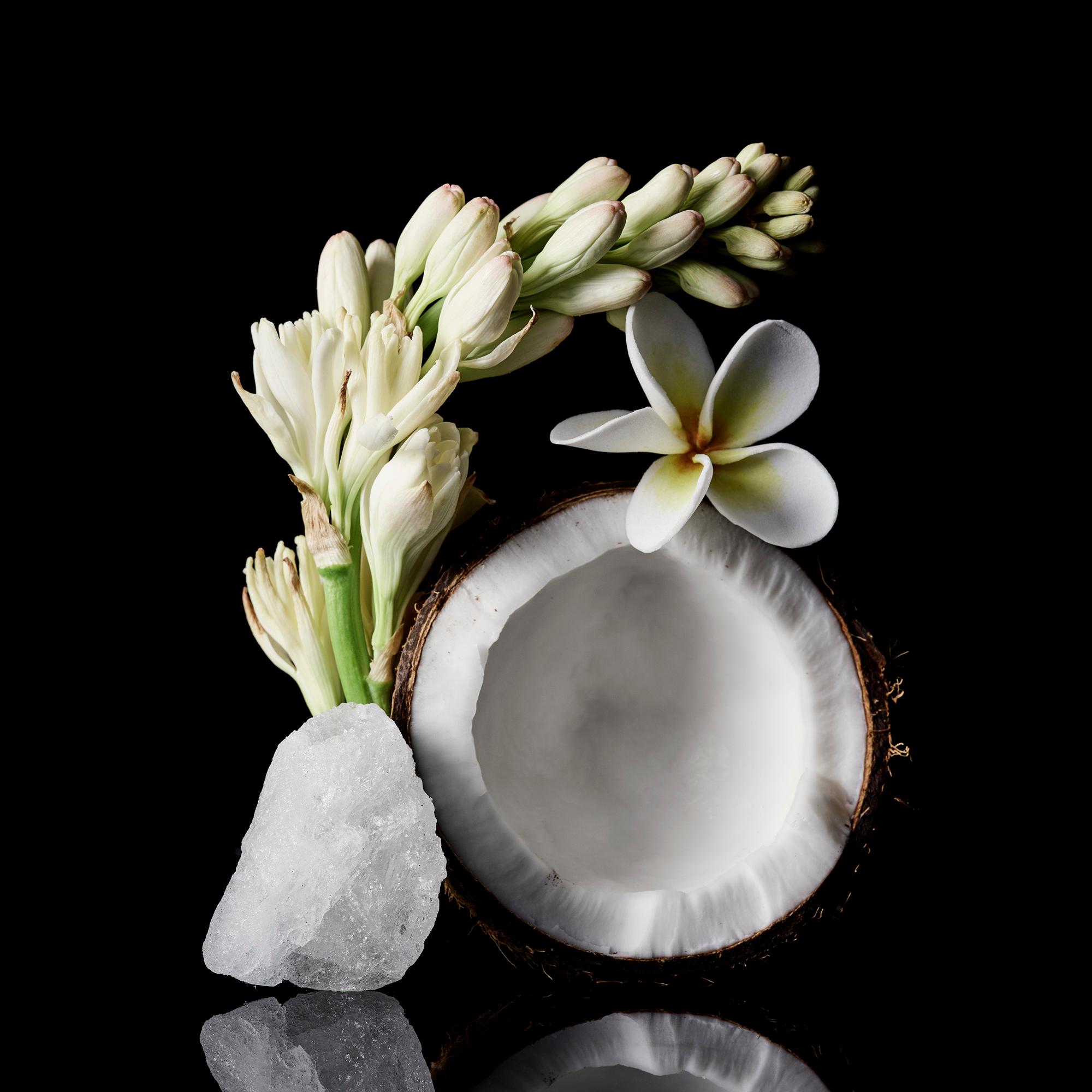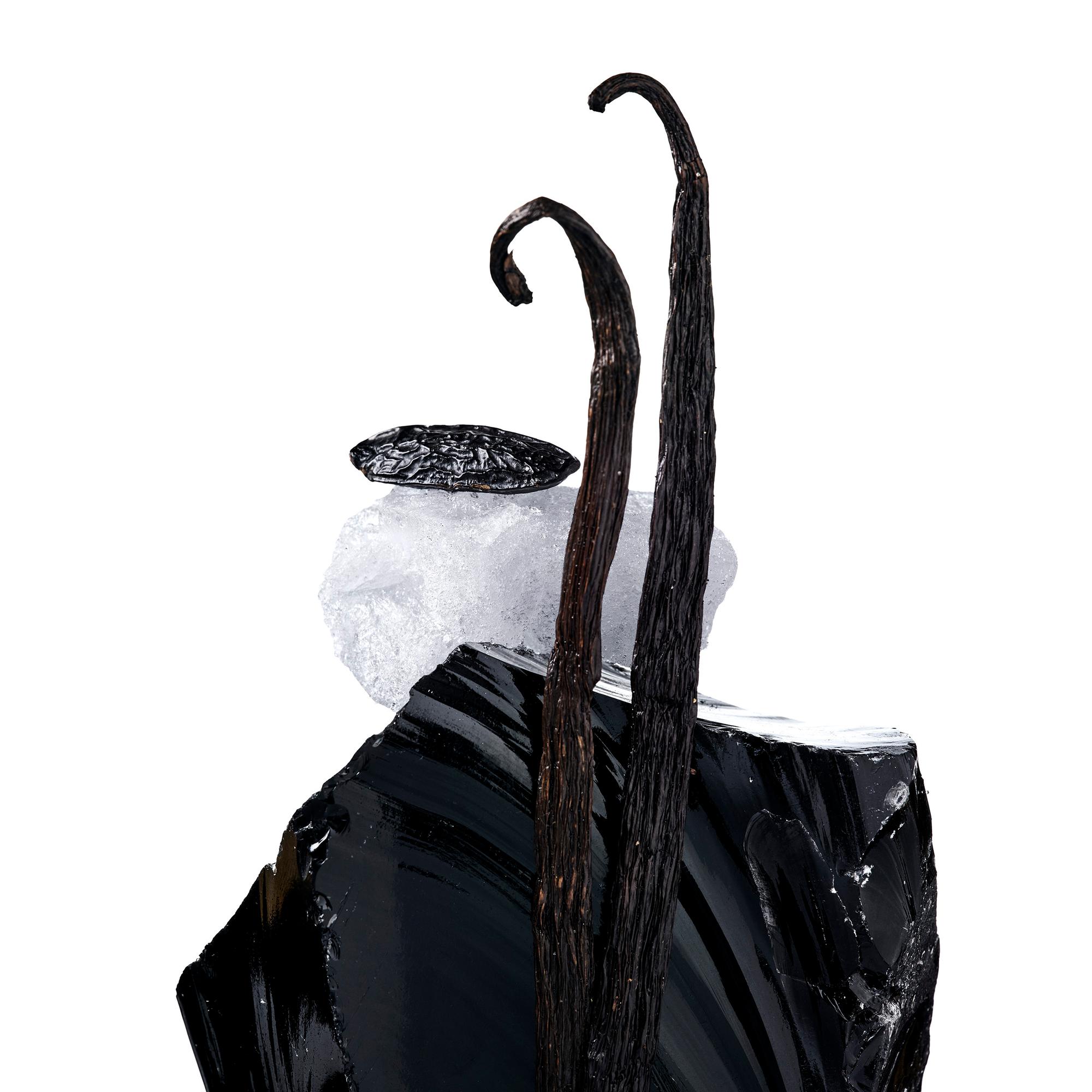
As we have discussed before, perfumery has its own language, like music or art. When analyzing a perfume we talk about notes, but also about olfactory families, a classification that divides fragrances and brings some order to the creative world of the perfumer.
According to the Societé Française des Parfumeurs, there are 7 olfactory families in perfumery divided in 15 subfamilies.


